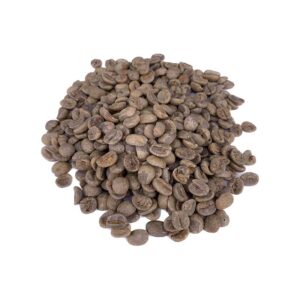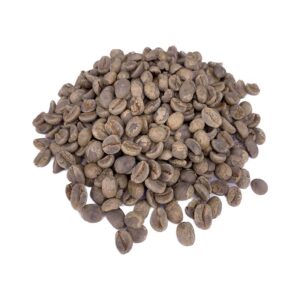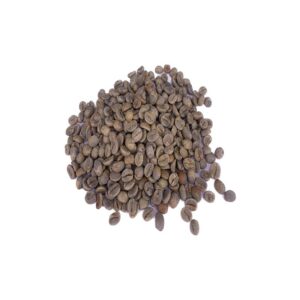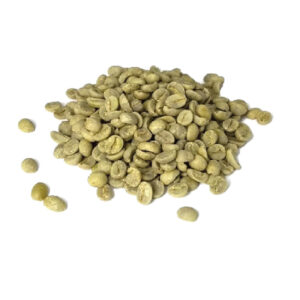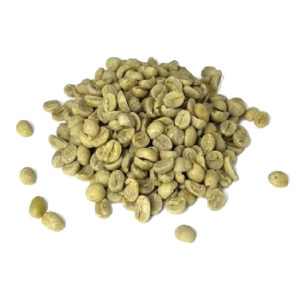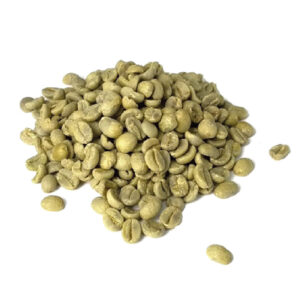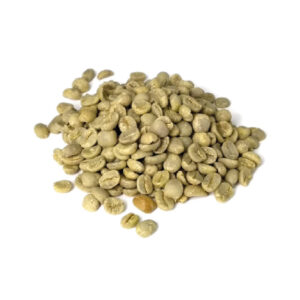From 24 to 30 November
Black Week Offers
- Free shipping!
- On green coffee orders over €1,500
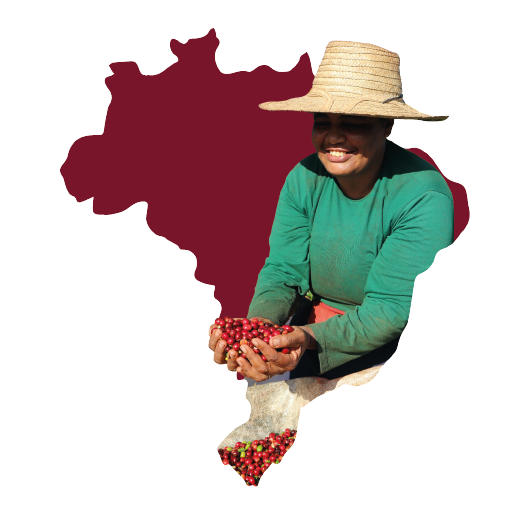

Brazil is the largest country in Latin America, with an estimated area of more than 8.5 million km²,is the fifth largest country in the world, The country is divided into 5 regions, 26 states and 1 federal district.
Brazil is the most biodiverse country in the world, with 6 ecosystems: The Amazon, The Atlantic Forest, The Caatinga, The Pantanal, The Pampa and the Cerrado, the latter being the ecosystem where the largest coffee production is obtained. The soils where coffee is grown in Brazil have the particularity of not being volcanic.are usually located in non-forested areas and areon flat land, they are deep soils and very old. Brazil, due to its geographical location, has two predominant climates: equatorial and tropical. The climate in the coffee-growing areas is warm, semi-humid and notably seasonal, with rainy summers and humid winters. Rainfall during the year is usually from November to March. In Brazil, the maximum daily temperature averages 29 degrees Celsius.
Brazil is the largest producer and exporter of coffee in the world, approximately 80% of its production is of the arabica species and 20% of the robusta species., The main buyers being the United States, Europe and Japan, this makes Brazil the main supplier of coffee to the main economic powers. Apart from the economic importance of its production, Brazil is also the second largest consumer of coffee on the planet, which is why the magnitude that this beverage receives in the country is understandable.
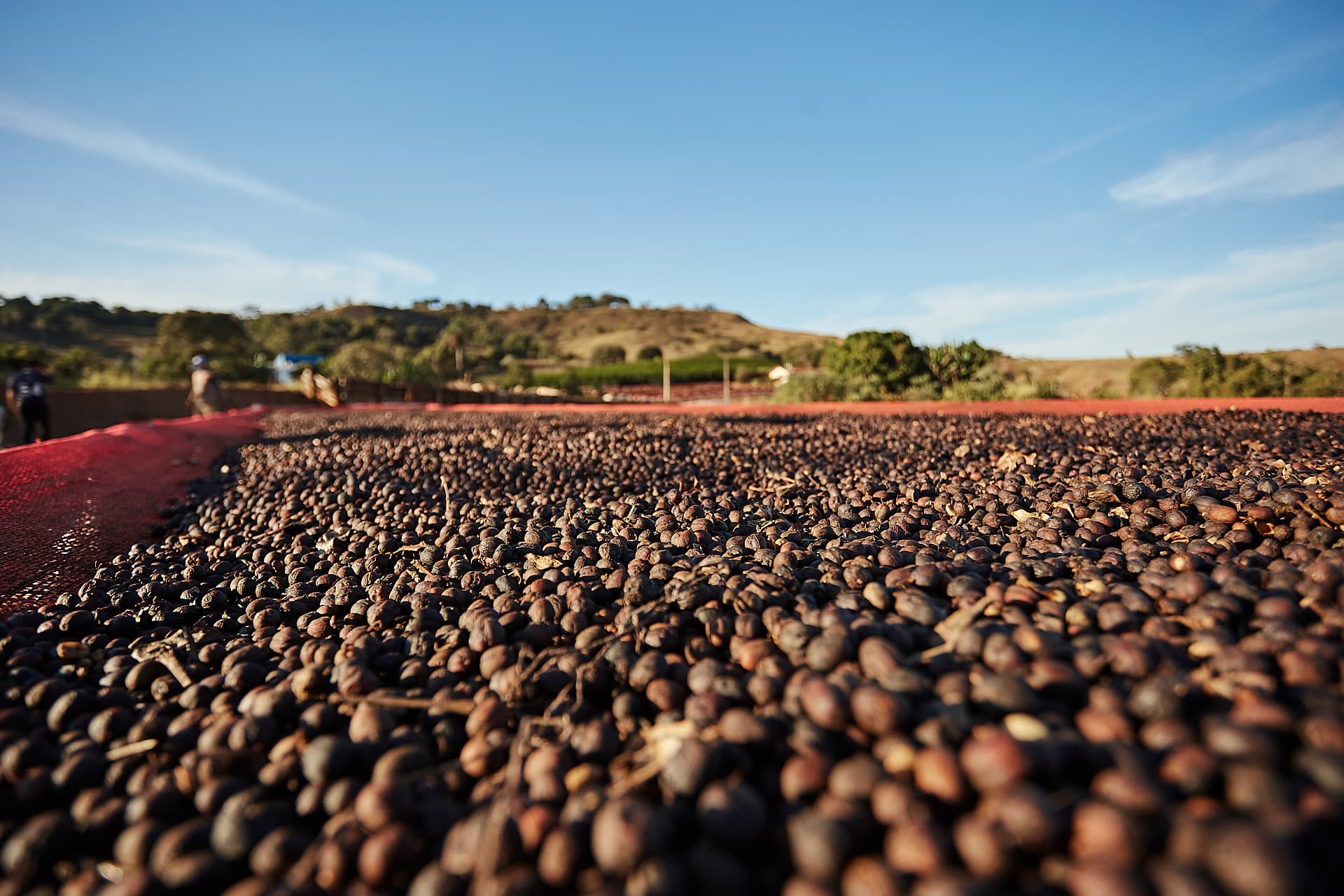
The coffee region of Alta Mogiana is located in the state of São Paulo, this region has a population of approximately 681,000 inhabitants and its surface area is 36,302.28 km².
In the region some 77,295 hectares are cultivated with coffee, the most cultivated varietals are Mundo Novo and Catuaí, being 100% of its production of the Arabica species, the coffee harvest months in the region are from May to September. This region ranks 4th in the country’s total production.
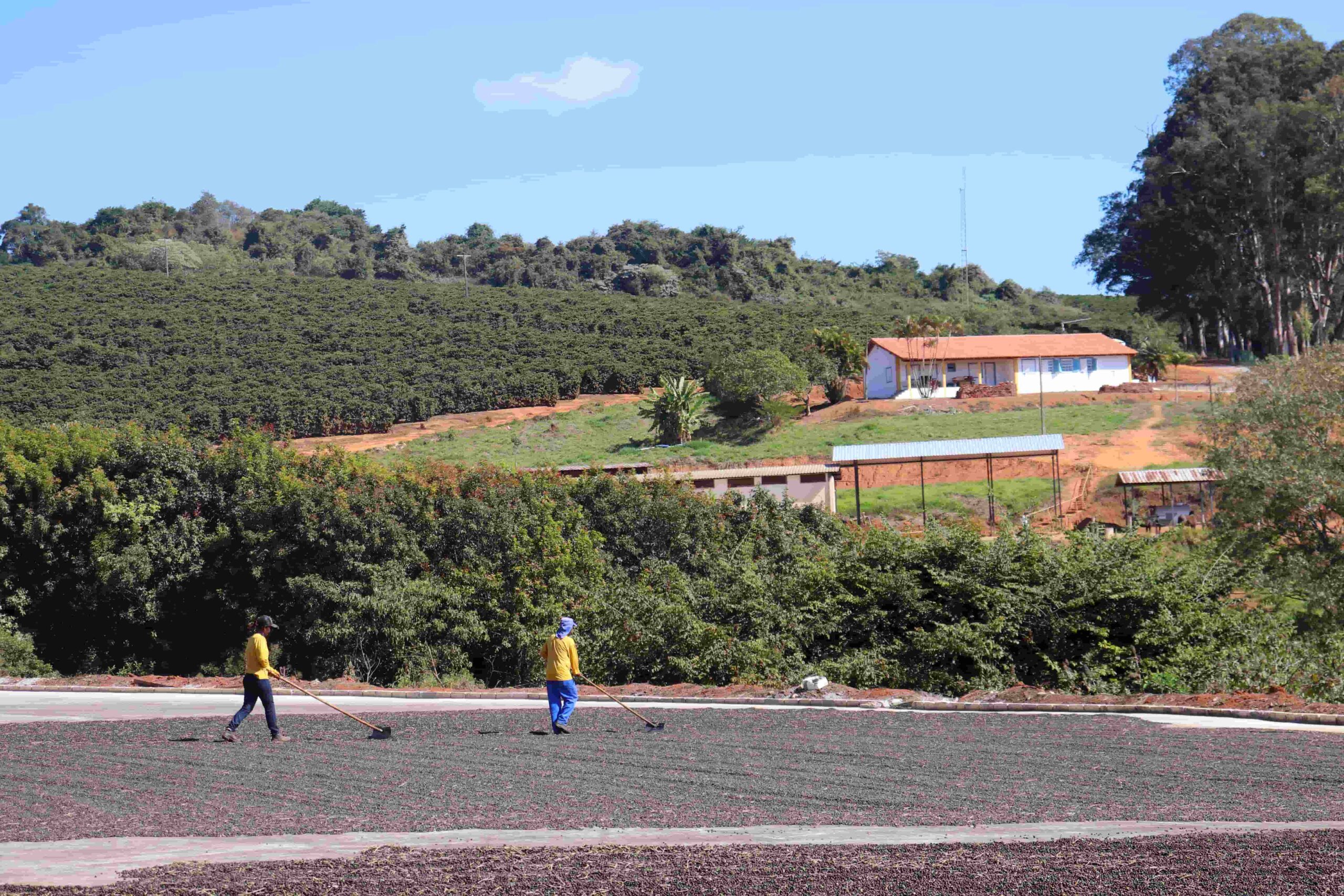
The coffee growing region of Campo das Vertentes is located in the heart of the state of Minas Gerais, approximately 200 km south of the city of Belo Horizonte. The estimated population of Campo das Vertentes is 546,000 inhabitants and its surface area is 12,564 km², this region has 17 coffee growing districts among them Ritápolis, Candeias, Oliveira and Saõ Francisco de Paula.
In the Coffee Districts of Campo das Vertentes more than 38,106 hectares are cultivated with coffee trees, being all its production of the Arabica Species and the most harvested Varitals are Mundo Novo and Catuaí. This region ranks 13th in the country’s total production.
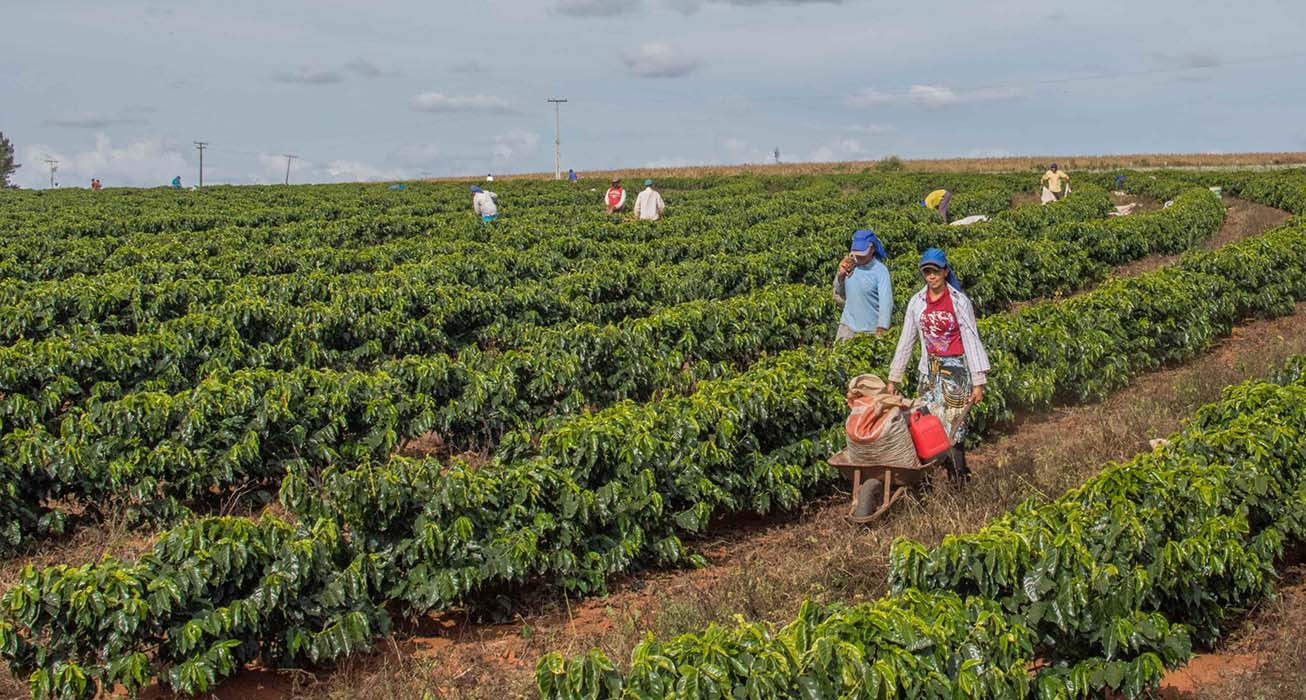
The coffee growing region of Cerrado Mineiro is the second largest coffee growing region in Brazil, with approximately 2.3 million inhabitants living in the coffee producing districts and an area of 2,300,259 km². In the region, more than 4,500 producers harvest some 219,449 hectares with coffee, the most cultivated varietals are Bourbon, Mundo Novo and Catuaí, with 99.9% of its production being of the Arabica species.
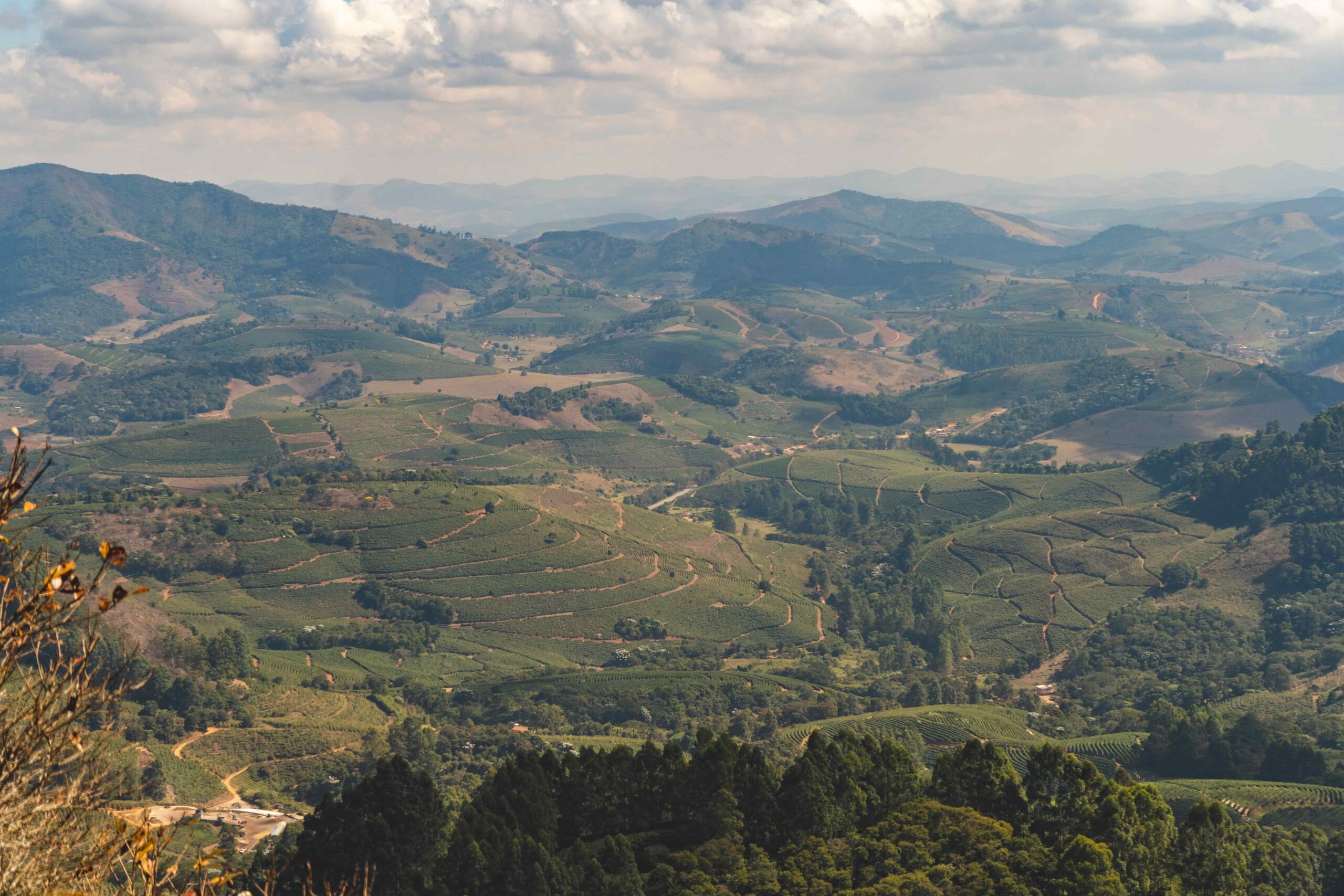
The Matas de Minas coffee region is located in the state of Minas Gerais, its extension presents different scenarios for the production of Green coffee at altitudes between 900 and 1,400 meters above sea level. The estimated population of Matas de Minas is 5,916 thousand inhabitants and its surface area is 16,432.78 km². This region has 64 coffee growing districts, among them Manhuaçu, Santa Margarida, Simonésia and Caratinga. In the Coffee Districts of Campo das Vertentes more than 200 thousand hectares are cultivated with coffee trees, being the largest production of the Arabica Species (+ 99%) and the most harvested Varietals Catuaí Red and Catuaí Yellow. This region ranks3rd in the country’s total production.
